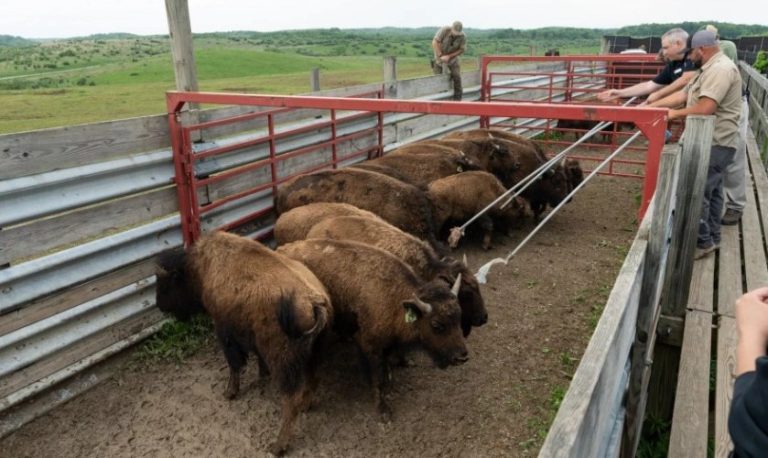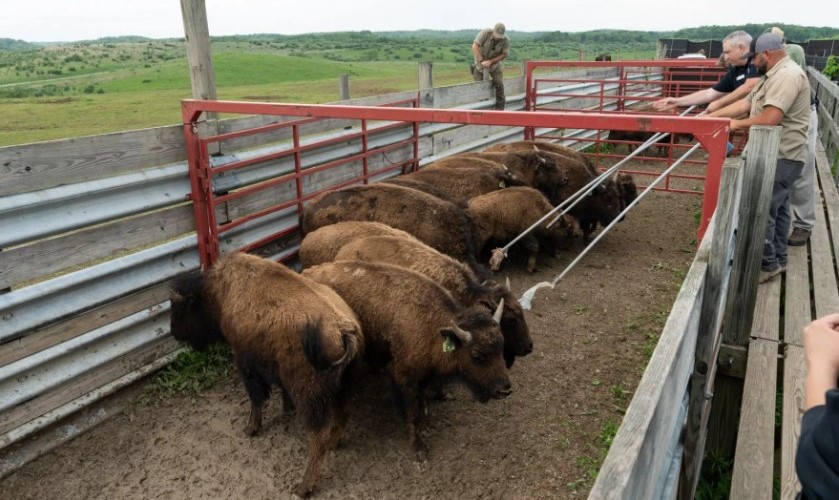MANHATTAN, KS – When you don’t feel well, sometimes it is hard to stay properly hydrated and that can lead to serious health challenges.
The same is true for young calves, said the experts at the Kansas State University Beef Cattle Institute during a recent Cattle Chat podcast discussion.
“If a calf is nursing and shows a good attitude it is thriving, and if it is laying down — not nursing and looking depressed — then a producer needs to intervene. But it is the degrees of dehydration in between that can be hard to recognize,” said veterinarian Brad White.
He added that with young calves experiencing dehydration their health status can improve or deteriorate rapidly depending on the interventions.
 Veterinarian Brian Lubbers said there are three options for getting fluids into the calf’s body: oral hydration, subcutaneous fluids and intravenous fluids. The best method will vary depending on the state of dehydration.
Veterinarian Brian Lubbers said there are three options for getting fluids into the calf’s body: oral hydration, subcutaneous fluids and intravenous fluids. The best method will vary depending on the state of dehydration.
Lubbers offered the following indicators to aid producers assessing hydration in young calves:
– Evaluate the calf’s attitude and vigor. Dehydrated calves don’t stand up quickly and show a reduced interest in nursing.
– Assess the suckle reflex by placing a finger in the calf’s mouth and see how it responds. The suckle reflex will be strong in well-hydrated calves and weak in calves experiencing dehydration.
– Look at the eyeballs of the calf. As the calf becomes dehydrated the eyeballs pull inward and there is a gap between the eyelid surfaces and the eyeballs.
– Check the calf’s skin tent by pulling up the skin and then releasing it. As dehydration progresses it will take more time for the skin to snap back into place. With a severely dehydrated calf, that skin will take 10 seconds or more to return into place.
– Examine the mucous membranes by checking the calf’s gums. They are moist in a normally hydrated calf and they will be sticky as the calf becomes dehydrated. Also, when you press on the membrane in a well-hydrated calf, it returns to the original color quickly, while it will be slower to return to its normal color if the calf is experiencing dehydration. This test, called a capillary refill time, does not work in calves with black-pigmented gums.
Lubbers said that the best strategy for managing dehydration is to work with a veterinarian ahead of calving season to come up with a treatment plan because once calves get dehydrated intervention must happen quickly for the best possible outcome.
He added: “Understanding the stage of dehydration in that calf is key in deciding the best treatment plan.”
For the full discussion, listen to the Cattle Chat podcast online at https://bit.ly/3seBmA9.











